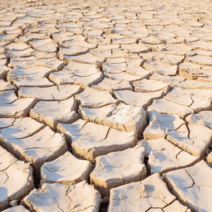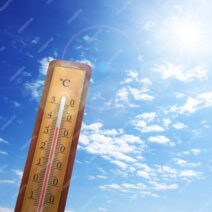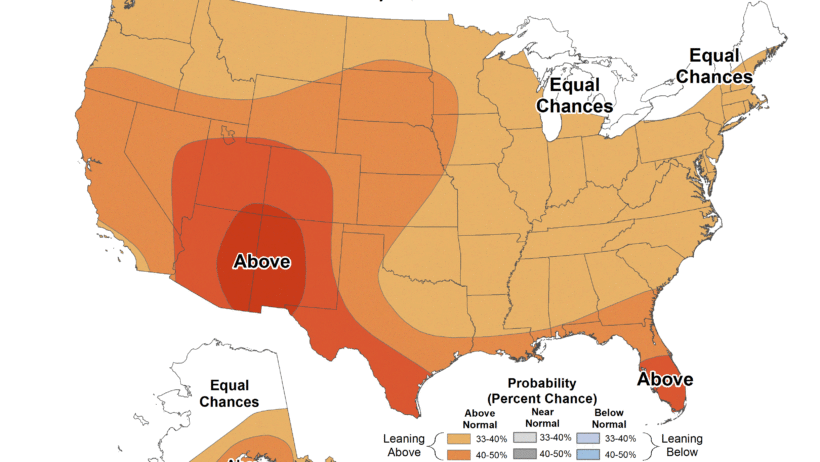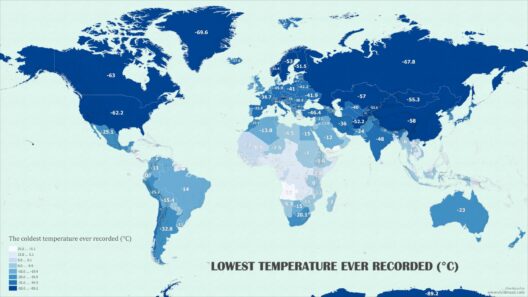The climate in Washington State is a tale of contrasts, woven together like the threads of a vibrant tapestry. The Pacific Northwest offers a unique confluence of sea and land that shapes an environment teeming with lush greenery, majestic mountains, and the rhythmic cadence of drizzling rain. Together, these elements create a climate that is as diverse as it is captivating, each season acting like a brushstroke in a grand masterpiece.
At the heart of Washington’s climatic narrative is the omnipresent Pacific Ocean. The ocean acts as both a moderator and a muse, shaping temperatures along the coast. This maritime influence ensures that summers do not scorch the landscape into desiccation but instead bless it with warm, temperate days. In contrast, winters, while often chilly, remain devoid of the biting cold found in many other regions. The coastal areas, particularly, embrace this gentility, where residents can linger under the soft glow of winter’s sun, lulled by the gentle sounds of waves caressing the shore.
As one wanders inland towards the Olympic Mountains, the narrative shifts dramatically. The rugged terrain, punctuated by towering peaks and deep valleys, generates a climatic phenomenon known as the orographic effect. Here, moist air ascends, cools, and releases its bounty as precipitation. This results in a verdant rainforest ecosystem, where entire trees appear cloaked in emerald moss and the air is thick with the scent of damp earth. Such a landscape is reminiscent of an enchanted forest, where sunlight filters through a wrought-iron canopy of branches, creating a dappled symphony of light and shadow.
The rain—often referred to in relatable yet whimsical terms as “evergreen drizzles”—is the lifeblood of this region. While many regard such precipitation as a nuisance, it is a crucial ingredient in sustaining Washington’s ecosystem. It nurtures the state’s iconic Douglas firs and Western red cedars, some of the oldest and tallest trees in the world. Together, they form a majestic landscape that feels otherworldly, as if one has stepped into a living cathedral, where the sky meets the earth in a tender embrace of foliage.
These evergreen drizzles exemplify the coastal climate, characterized by substantial precipitation and moderate temperature ranges. Yet, while the coastal areas enjoy an abundance of rain, eastern Washington presents a strikingly different reality. The rain shadow cast by the Cascade Mountains turns the landscape into a semi-arid expanse, where rolling hills and agricultural fields thrive under the warmth of the sun. Here, the climate is less forgiving: summers blaze with the intensity of a furnace, while winters can often bring the chill of biting frost. Wheat fields, like the golden waves of a sun-drenched ocean, span as far as the eye can see, offering a stark contrast to the lush maritime forests to the west.
In these eastern expanses, one may catch a glimpse of the unique phenomenon known as the Chinook winds. These warm, dry winds sweep down from the mountains, bringing sudden bursts of warmth during the frigid winter and an almost magical transition to spring. Like nature’s own breath of fresh air, they can rapidly melt snow and awaken the dormant landscape, infusing it with life. Such dramatic shifts in weather illustrate the dynamic heartbeat of Washington’s climate, reminding us that even in the coldest of seasons, warmth can be found.
As one traverses this diverse climate, it is impossible not to acknowledge the trend of climate change that seeps into every crevice of the landscape. Washington’s climate, rich with contrasts, is also undergoing transformations that threaten its delicate ecological balance. The warming temperatures and shifting precipitation patterns signal a need for vigilance and adaptation. While the drizzles that have nurtured the land remain, they are increasingly erratic, and the coastal breezes that once provided solace may no longer retain their predictable nature.
The interconnectedness of human activity and climate is laid bare in this land of contrasts. Farmers worry for their crops as droughts become more frequent in the east, and coastal communities brace for rising sea levels that threaten to wash away their fertile shores. Each of these changes reverberates through the ecosystem, echoing the need for a collective responsibility to combat climate change. Thus, the climate of Washington State stands not only as a natural wonder but also as a warning bell, urging us to listen and respond before the beauty of this land becomes but a fleeting memory.
Ultimately, the climate in Washington is a mosaic of evergreen drizzles and coastal breezes, where every element contributes to the vibrant intricacies of life. The rain nurtures verdant forests, the winds whisper of change, and the stark contrast between the lush coast and arid east tells a story of resilience and adaptation. It evokes a sense of wonder and appreciation for the intertwined destinies of the environment and humanity. As we look to the future, let the story of Washington’s climate inspire us to cherish and protect this remarkable landscape, ensuring it continues to flourish for generations to come.







